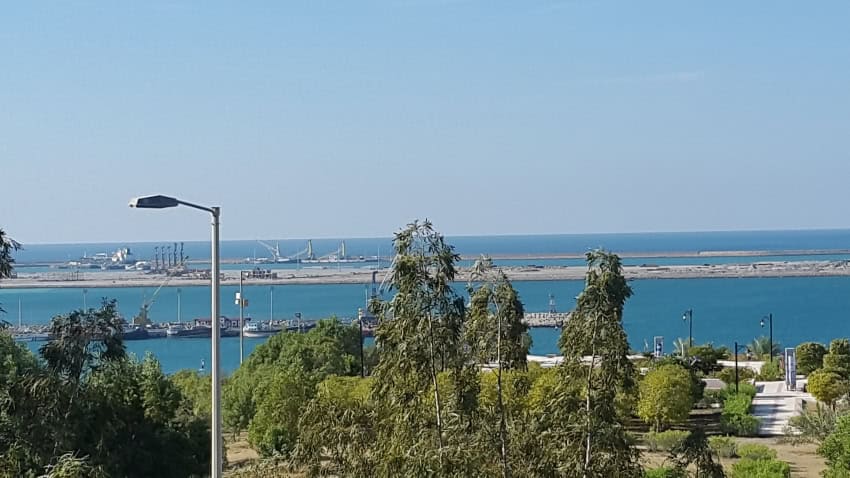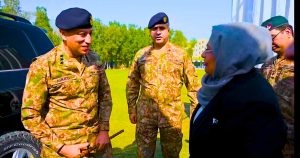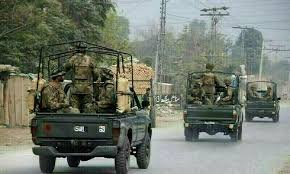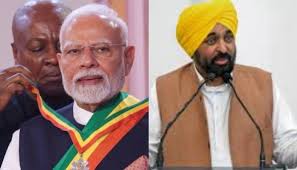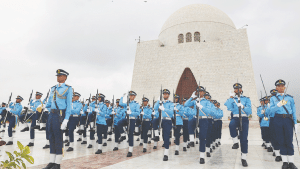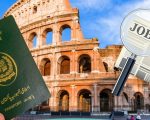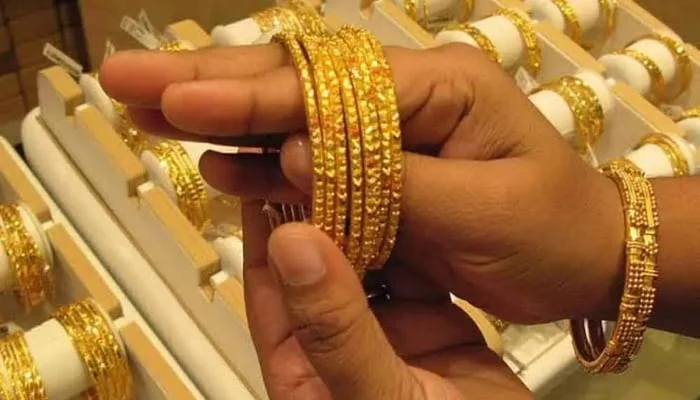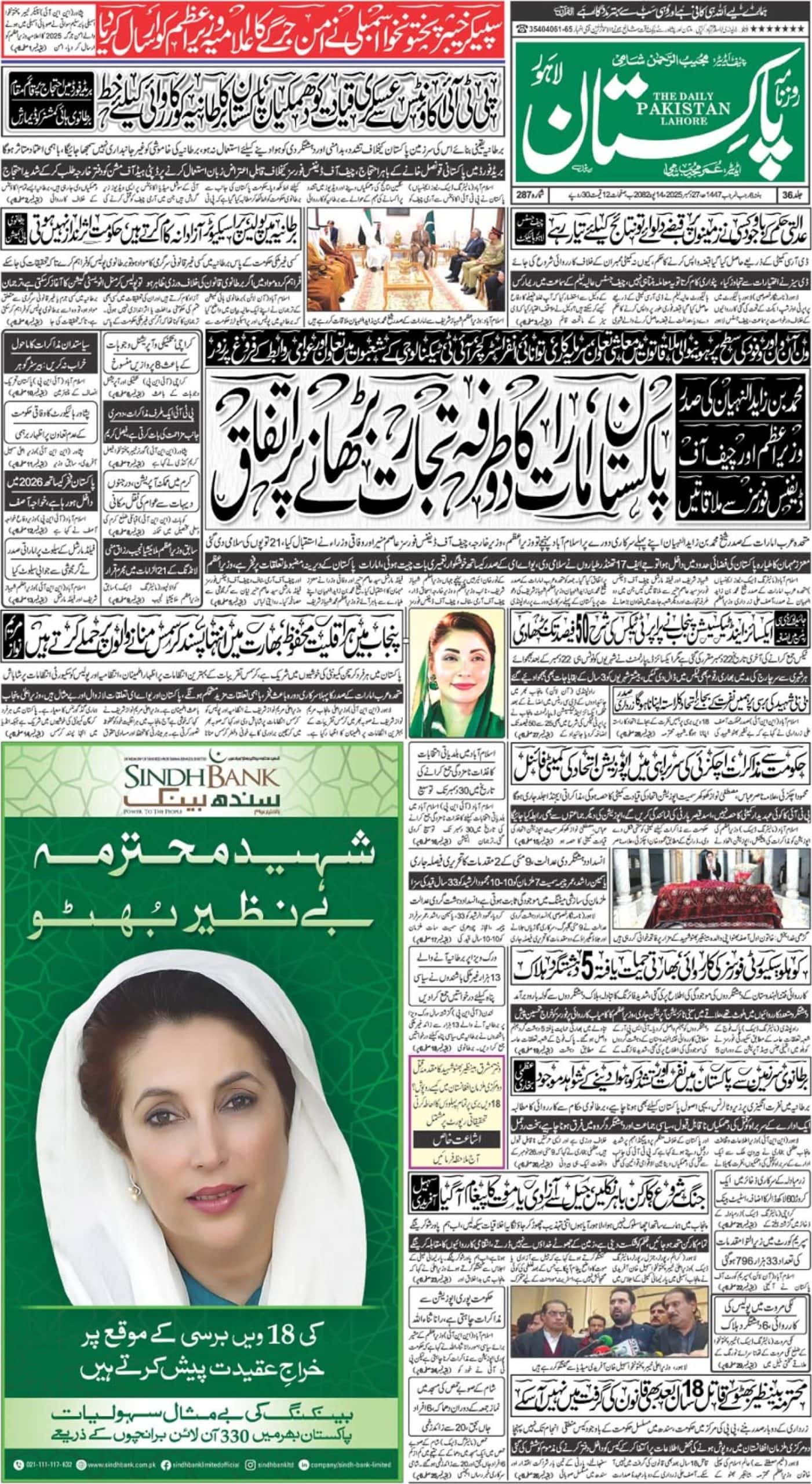Chabahar, the Iranian port in ‘Sistan and Balochistan’ province, has for the past decade or so ignited a peculiar interest and generated heated debate in Pakistan’s policy circles as a potential competitor to Gwadar, the newly developed port on Pakistani side in the same Bloch land, named as Balochistan province on this side of the border.
I had the opportunity to visit Chabahar, at the end of January 2017. The main objective was to participate in a conference titled “Silk Road and Transport Diplomacy” at the invitation of Allameh Tabataba’i University, Tehran. The conference involved scholars from 9 countries Afghanistan, China, India, Kazakhstan, Pakistan, South Korea, Russia, Turkey and the host, Iran. I had the privilege to chair a session and also presented a paper titled “China-Pakistan Economic Corridor as a Catalyst for Transport Diplomacy in the Silk Road Region” in another.
As the exposure to Chabahar Free Zone and the port facilities itself was part of the visit – which, while did not go exactly the way it was planned by the organizers – indeed turned out to be a rare opportunity for me as a Pakistani analyst to have a first-hand look at and information about the city, the port, the investment opportunities and how the Iranian authorities are positioning it. Add to it the glimpses of the city itself, part of which the Iranians themselves label as ‘little Pakistan’ – owing to its ethnic, cultural and linguistic affinities with Pakistani Balochistan.

The deliberations of the conference and other interactions make is very clear that Iranians desire to transform Chabahar into a major port and they wish to develop their coastline closer to Pakistan as a major economic and tourist/recreational strip. Which country of the world would not like to do so, if it is blessed with a coast like Makran, be it on Pakistani, or on Iranian side? Not hard to understand. Natural, it becomes, indeed. In fact, a nation not going for it would, for all the right reasons, runs the risk of being labelled as a short-sighted one.
Nonetheless, what has been fueling interest, rather worries, of Pakistanis is not the development of the port per se, and perceived economic cooperation for Gwadar, but it primarily is India’s involvement in the whole scheme of things.
India, as is well-known, has been an active and generous partner for Iran in this project. And it also needs a little explanation that Indian designs are not simply to find a way to Afghanistan and beyond that to Central Asia bypassing Pakistani territory – which in itself is quite ‘strategic’ than something pushed by or catering to the needs of the market forces. A presence in Chabahar, which India already has and is set to increase, simply means an attempt to encircle – at least partially – Pakistan. And it is not just Pakistan. Even a layman can understand it well that India is also playing this card – successfully or otherwise, only time will tell – to dent Chinese connectivity and development initiatives in the broader region as well.

It is encouraging to note that an overwhelming majority of Chabahar’s population, ethnic Balochs, relate, at every possible level, much more with their Baloch brethren on this side of the border, and thus, with Pakistan. Urdu, along with Balochi, is very much enjoying the status of lingua franca. It is shalwar qameez, and dupatta/chaadar additionally for women, everywhere in the city and its suburbs – way different than the mainstream Iranian wardrobe of today. They have much closer business ties with the Pakistani side than with Iran itself, what to talk about any other country. Live animals, smuggled goods, and even motorcycles snatched/stolen from various parts of Pakistan cross over – no matter how – quite easily, tell the residents. Some of the residents on both sides of the Baloch land also have legal passes to facilitate their visa-free interactions.
However, it would not be wrong to argue that this very closeness with the subcontinental culture and way of life – at one hand an asset for Pakistan – is making it easier for the Indians too, to play their game without being noticed too much. Kulbhushan Jadhav episode leaves little doubt about it. And the rise of businesses such as Taj Mahal restaurant in Chabahar are indeed giving further indications that Indians are getting more and more of the cover-ups to operate clandestinely.
An increasing number of Iranian analysts have a strong realization that India has overplayed Chabahar strategically – staining their relations with Pakistan and hurting the potential of the port itself. But at the same time, there are several others in Iran which favor renting out a part of the port and city, permanently, to India.

There is little, rather no, reason to doubt Iranian intentions vis-à-vis Pakistan. Iranians, also, can ill-afford to lose out on the opportunities that OBOR and CPEC present. But at the same time, it would be equally childish on part of Pakistanis to treat Indian presence and spreading of New Delhi’s tentacles as pure business and commerce.
Coming to the port and its infrastructure, Chabahar port is divided into two parts; Bandar Qalandari (West) and Bandar Baheshti (East.) In total, it has 13 berths – 9 of which are fishing births, and remaining are trading berths. So far the total volume of trade through Chabahar is 4 to 5 million tonnes annually. This figures too was possible only in 2016 due to increased Iranian trade after the gradual start of removal of sanctions post 2015 nuclear deal with P5+1. Previously it was on average 2 million tonnes per annum) and it is very small for a commercial port. A chunk of Afghan trade has also been shifted to Chabahr (though much of it went to Bandar Abbas), owing to closure of Pak-Afghan border in recent months.
Karachi, for comparison, handles 60 million tonnes annually. While this is a region literally laden with ports on both sides of the Gulf, Chabahar is the only Oceanic Port in the entire West Asian region, boast the Iranians, rightly so.

How far are the two ports of Gwadar and Chabahar from each other? Not as close as ill-informed reporting in media tells us. Not just 70 kilometres, at all. 70 kilometres is the distance from Chabahar port to the starting point of the Pakistani border, where the ‘Gwadar district’ starts – not the Gwadar town. In fact, the nearest Pakistani town to Iranian border is Jiwani, and it itself is an hour’s drive, perhaps more, to Gwadar from there. The two ports are roughly 150 kilometres apart.
The point to make here is that while Gwadar and Chabahar may be declared as ‘sister ports’ which by all means is a good gesture on part of the two governments, ‘brotherly relations’ will keep facing testing times until there is a clearer and stronger check on – rather an end to – the game that India is playing, overtly and covertly.
Pakistanis don’t need to worry much on one account though; we are not far behind on the ladder as far as the related infrastructure and coastal development are concerned. Makran Costal Highway, from Karachi to Gwadar, on Pakistani side is by no means less in standard than the coastal road linking Chabahar with Bandar Abbas, some 700 kilometres to the West. Chabahar airport, quite shabby. An overhaul is needed. Iranian authorities must be planning for that. There are no visible signs of any meaningful investment in Chabahar Free Zone, as of now.
A good resort, in addition to Kish, for the Iranian upper middle class, though. The only ‘five-star’ hotel has probably done something special to get this rather over-rated status. An international traveller would not subscribe to that.
For the lovers of coastal landscape, there are plenty of eye-catching scenic places to spend a few hours at, if you drive eastwards (towards Pakistan) from Chabahar on the newly-built yet not-wide-enough road along the coast. Not to miss spending a few moments checking the old tree amusingly, rather mischievously, named as – Makr-e Zann (مکر زن, the trick of a woman). I, however, could not find as it was Makr-e Zann-e Irani ( مکر زن ایرانی) or Makr-e Zann-e Balochi (مکر زن بلوچی). Typical Pakistani, it clearly was not.
And I must mention that I did see quite a bit of Makr-e Mardana (مکر مردانہ ) as well, in this insightful and pleasant trip.

